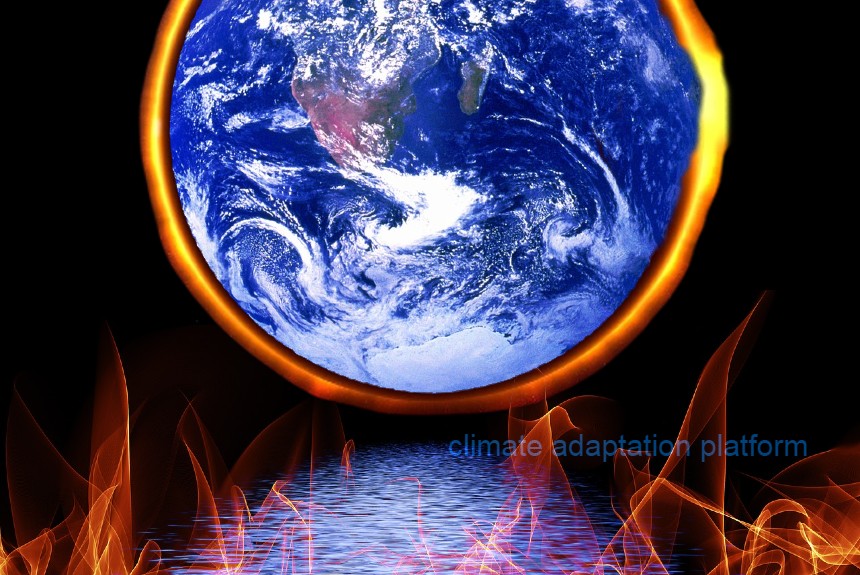USA Today reports that June temperatures are breaking heat records in several countries in the Northern Hemisphere. The El Niño phenomenon and the continued CO2 emissions are the culprits for these smouldering temperatures.
The first week of July has brought a new average global temperature of over 17°C, nearly 2°C warmer than the average temperature.
The online news listed unusually high temperatures around the world that have bumped up the global average temperatures based on temperatures dating back to 1979. These areas include Antarctica-the southernmost continent, Russia, Greenland, and the Atlantic and Pacific oceans, which have recorded above-average temperatures.
NOAA predicts that marine heatwaves will expand from 40% of the world’s oceans to almost half later this summer.
El Niño is warming the Eastern Pacific Ocean, which will continue to intensify throughout the year.
Climate scientists predict that 2023 will be the warmest year on record and expect more extreme events, such as heatwaves, drought, wildfire and flooding.
How are Global temperatures determined?
For around 40 years, global temperatures have been obtained from satellite observations, land and the atmosphere. But looking at global temperature from the 1970s and even earlier, as far back as 1850, scientists gather data from weather stations and oceangoing ships and buoys. This is how they can determine the global average temperatures.
The article notes that while a cool maximum still occurs when the warmest temperature for the date is lower (cooler) than it has ever been, it is happening less frequently than warm records or when the lowest temperature (cooler) is higher than ever. In short, the hottest days are getting more frequent than the coolest days.
Warm records are being broken more frequently
Karin Gleason, chief of the monitoring section at NOAA’s National Centers for Environmental Information, says that statistically, weather records are compared to a bell curve. The peak of the curve represents the most commonly observed temperatures, while those on either side that tapers off refer to the unusually warm on the right and cold on the left (Pulver, 2023).
However, weather stations worldwide are seeing the bell curve shifts to the right, meaning that average temperatures have increased, and new warm records and rainfall records will become frequent.
They are also observing increasingly warmer overnight temperatures as well which are also pushing global average temperatures up.
An article from Resilience says that humans are entering an unchartered new climate, and our infrastructure – roads, buildings, electric grid, water and food systems are not designed for this new climate. The infrastructure, structures and systems we are building are still based on a past climate and cannot cope with the dramatic changes in rainfall patterns and frequency, high temperatures, heatwaves, droughts, and intense typhoons, hurricanes, and cyclones which are leading to maladaptation.
Our maladapted infrastructure, which is becoming evident against extreme weather events, is part of what scientists mean by human beings being in an “unchartered territory regarding climate, the article notes.
The article recommends dramatically slashing emissions and changing the public health infrastructure to cope with tropical diseases moving up from the equator toward the poles as strategies to cope with the many climate change consequences humans will contend with in the decades ahead.
Sources:
Pulver, D. (2023, July 9). Heat record after heat record will be broken in 2023. Here’s how to make sense of it all. USA Today. Retrieved from https://www.usatoday.com/story/news/nation/2023/07/09/2023-heat-breaking-records-climate-change/70384382007/
Shannon, J. (2023, July 8). Earth’s very hot week explained: Where was it so hot? USA Today. Retrieved from https://www.usatoday.com/story/news/nation/2023/07/08/earth-breaks-heat-records-amid-high-temps-in-antarctica-russia/70392549007/
Cobb, K. (2023, July 9). Climate change: Our infrastructure is built for another Earth. Resilience. Retrieved from https://www.resilience.org/stories/2023-07-09/climate-change-our-infrastructure-is-built-for-another-earth/



Leave a Reply